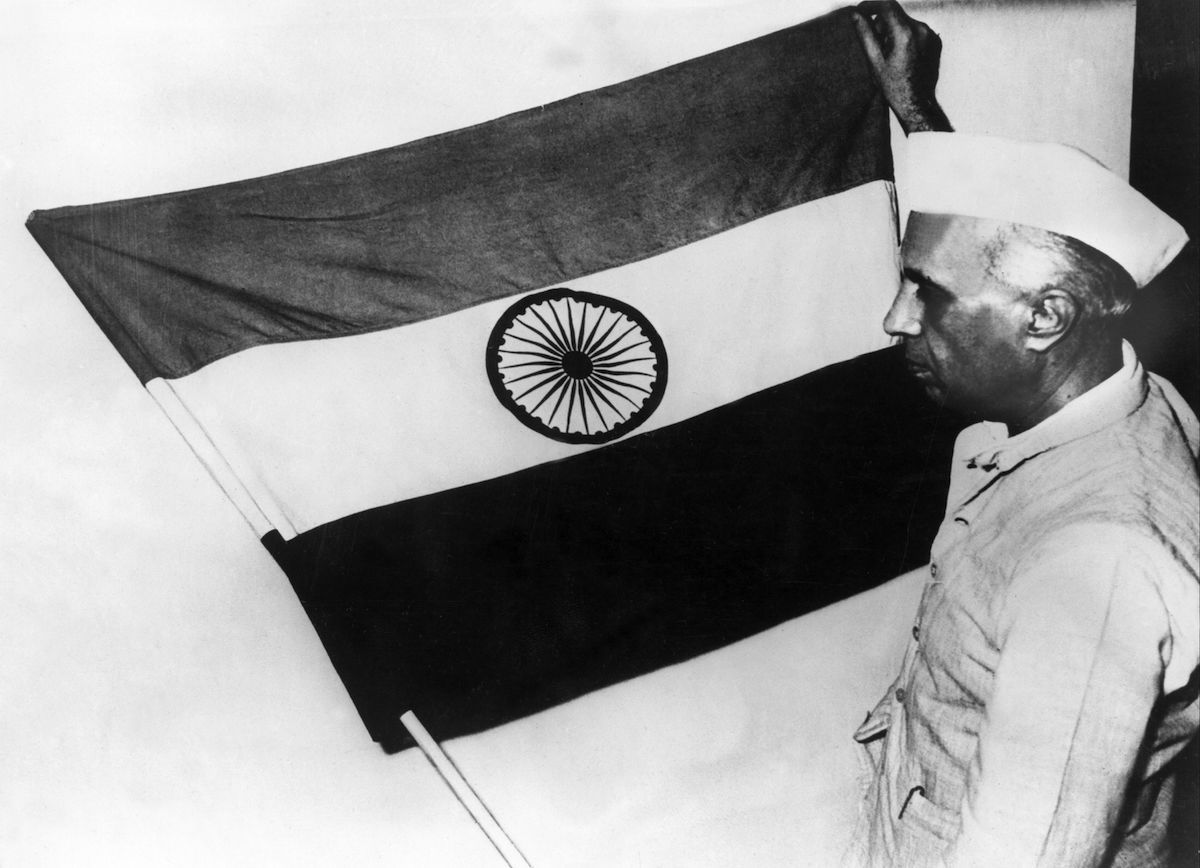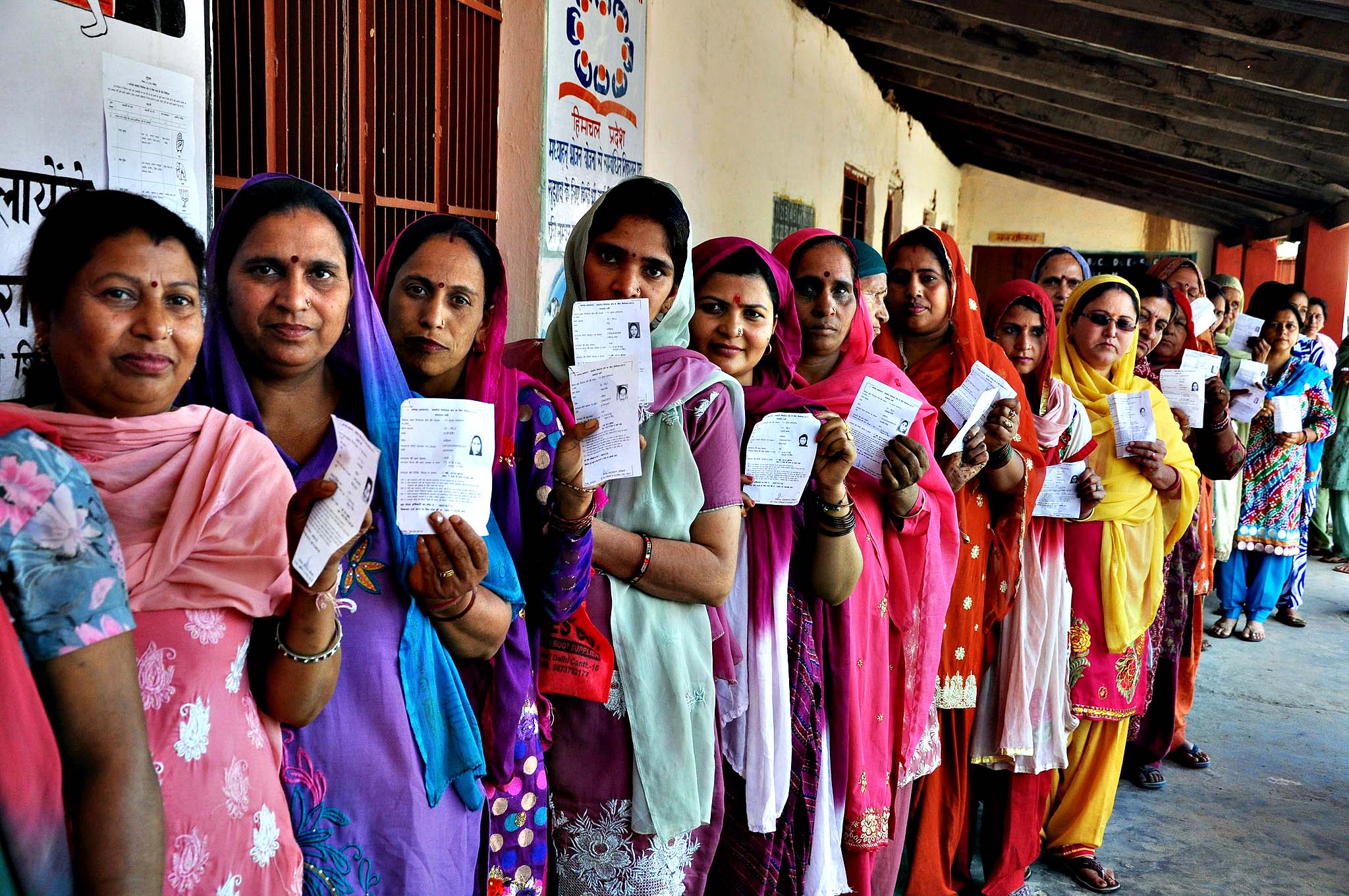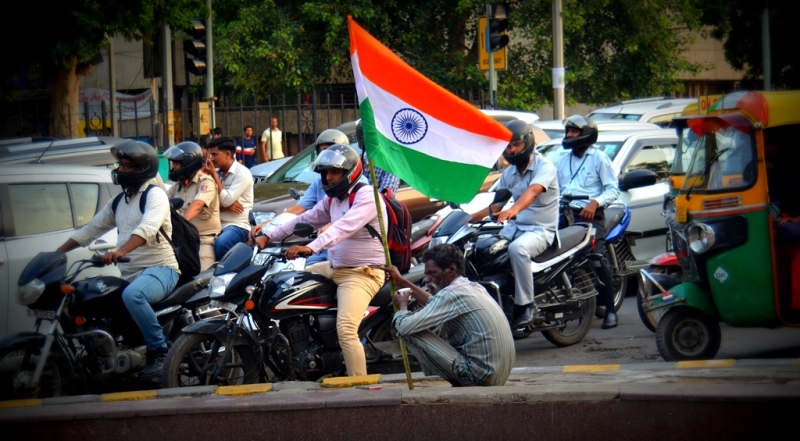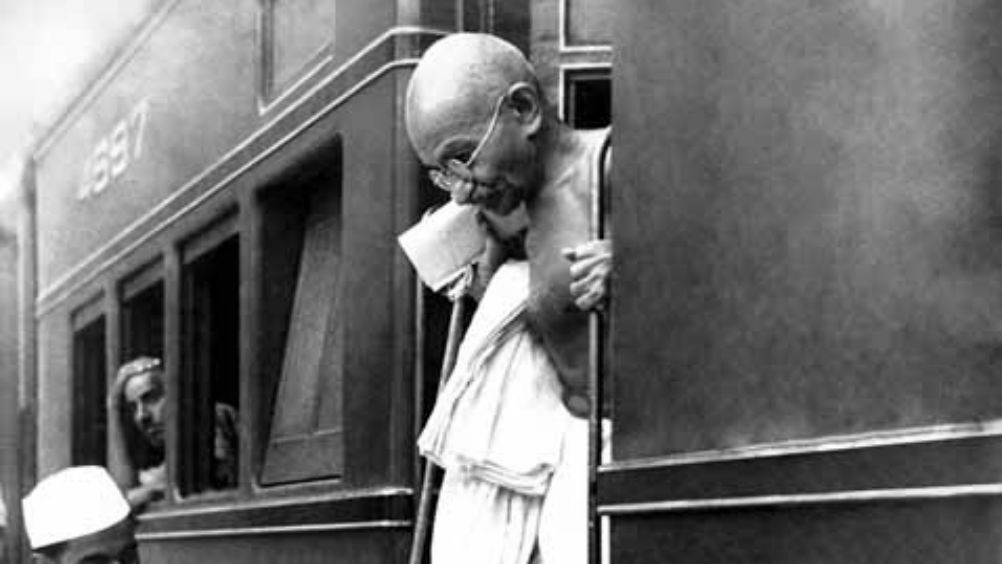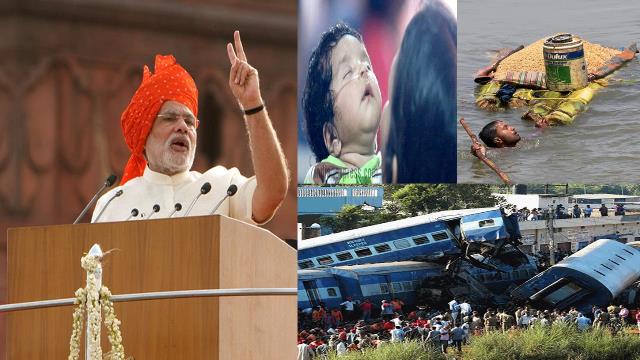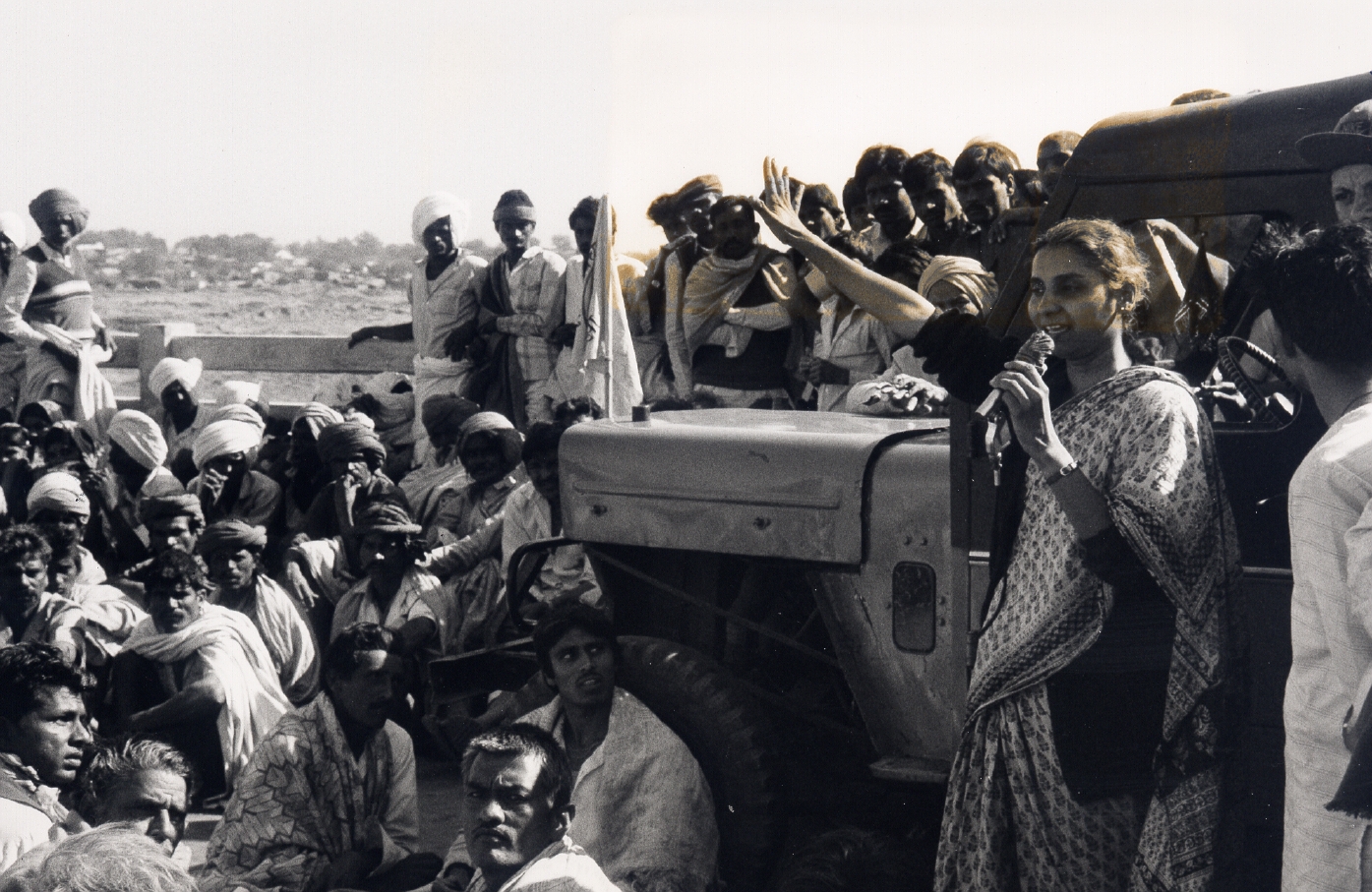For evolving a meaningful pedagogy that transcends the burden of dualism and generates critical sensibilities among learners and teachers, it is important to see beyond Eurocentric theories and engage with the civilizational ideals of dharma and saadhna. While drawing penetrating insights from school textbooks and their dissemination in our classrooms the author seeks to substantiate his theoretical arguments.
Dr. R. S. Krishna is a social science resource person at Azim Premji Foundation, Bengaluru. Been a school teacher for 13 years and largely based on my teaching experience.
In certain circles, the notion of knowledge as being a more embodied, embedded and indiscrete entity through which traditional and conventional dichotomies of subject and object are attempted to be transcended is almost a statement of truism. Here three crucial aspects may be considered – social theory, field engagements/experiences, and a deep understanding of the subject, theme or topic at hand. The matter of theory helps one to locate our inquiries in certain knowledge( epistemological or ontological) frames – for example, whether it is empirical, or whether it draws its master narratives from Weberian Verstehen or Durkheimian functionalism or Marxist class conflict, or even from Indian epistemologies like ‘Hindu’ schools of thought. Field engagements, be it ethnographic, archival or even statistical, substantiate our key questions and direct us towards making inferences, and finally both these enrich our understanding of the attributes that constitute the discipline. The linkages between the three of course are more organic and less fragmented than what it may otherwise appear. However, the debates on knowledge are not so much centered on the integration or fusion of the subjective and objective world; instead, the goal is to find an Archimedean vantage point where the world outside our mind – which supposedly exists – is revealed in all its objectivity.
What is really missing and indeed important for a more personified delineation, as I wish to argue, is not merely a cognizance of the intermeshing of theory and practice but the quality of reflection; and this reflection, I must state, is not produced by engagement with Eurocentric theory alone. I speak of the kind of reflection that emerges from deeper engagement with a given theme, and emanates from requirements of transcendence that is more spiritual and psychic. Here, in the context of social science teaching— history teaching in particular and with reference to middle and high school students— I suggest that it is important for both teachers and students to be more deeply engaged and savour the various aspects of a given theme or chapter via classroom engagements encompassing different methods as if one were more on a saadhna or a quest.
I make the above summation based on my research, my own teaching experience and also marginally my current job profile of a teacher trainer. But before I reflect more on saadhna and transcendence, I wish to refer to a concrete practice of the mediation of textbooks and social science teaching in our classrooms.
Nation, its histories and textbooks
There is whole lot to be said of the role of textbooks in fashioning nations and why social science textbooks in particular are sought to be worked and re-worked in ways political dispensations in power seek reengineering of society. In India debates on nation and nationalism have been acute and prolonged, and it has often enclosed within it school textbooks. In such acrimonious debates on the one side are those who believe that an overarching cultural identity (read ‘Hindu’) is a given and almost primordial and all the rifts, cleavages and seams that have wrinkled and fissured the social fabric over the years can be glossed over by harking to a supposedly homogenous past and under one cultural umbrella which is seen to be benign and inclusive. On the other side of the debate are those who question if there was ever this overarching identity and nothing should stop someone from interrogating such a claim. The latter also embodies within it the view that matters of identity, practices, institutions, customs and rituals do not emerge in social vacuum and cannot have universalistic claims without factoring in aspects of class, caste, gender or power. In other words, divisions, rifts, struggles, assimilation and syncretism have always been part of our ancient history and even the coming of Islamic rule was not so culturally and socially cataclysmic as proponents of India being a Hindu nation would like one to believe. The current NCERT social science textbooks as also those by Eklavya can be seen to propound the latter view. These social science textbooks also embody a version of knowledge that is not given, sorted out by experts to be mechanically chewed and spewed but as something where both teachers and students have to debate, dialogue and co-create.
However, during my research almost all teachers I observed could not but help break an otherwise organically woven narratives in NCERT textbooks into very discrete, fractured and particularistic parts which could lend itself to easy memorization and dissemination. “Please underline the word Jagir…, define zamindars…, remember the six fundamental rights…, what were the two styles of temple building?…, You have to mention three points for this question…, ok this textbook is not giving much details of the Pallavas or the Pandyas…and tomorrow I will give notes with more information…” Observations, remarks and queries of such sorts more or less filled much of my field notes which clearly revealed the objectivist and atomistic epistemic frames with which teachers were seeking to intervene. The irony that these were basically emerging from a textbook that at several levels was seeking to ensure the opposite was ,however, not entirely lost on all teachers.
While it is suggested that teachers be given adequate grounding in contemporary historiography, social theory and constructive pedagogy, I often believe that it is not so much intensive grounding as the overbearing presence of different cognitive, intellectual and epistemic tradition emerging from a deep seated cultural practice that is a deterrent. Cultural practices are in a sense hard wired into our embodied self and even when there is cognition of of society and pedagogy based on critical theory, hermeneutics, phenomenology or constructivism, they are yet externalized and not seen as something that has to seamlessly mediate notions of self, our perceptions, cognitions and pedagogic practices. This is better explained by using some ideas from the discourse of symbolic interactionism, which scholars like N S Prabhu and ‘Marxist functionalist’ like Basil Bernstein have done.
Cultures of pedagogic practice
Talking about classroom interactions and trying to understand why it is so often difficult for teachers to embark on a teaching-learning process which is truly dialogic and democratic (apart from the more structural compulsions like the more than dangerous bearing exams with its performative agendas have on teaching, limited time, poor pay and status, limited state and community support etc.) N S Prabhu suggests that teaching of an unit or chapter is a routinized social event, with roles and role relationships established by traditions and with a ritualistic aspect to the actions performed. There are roles assigned by the established custom to teachers and learners in the classroom, just as there are roles assigned to the priest and the worshippers at a temple, or to the judge, the lawyers, and the litigants in a court of law. Also there is a certain agenda of events associated with a classroom lesson just as there are agendas associated with religious worship, the courtroom, communal decision making, the annual shareholders’ meeting etc. Therefore, classroom lesson is a kind of social genre, stereotypical and to some extent ritualised, generally not noticed as such when it is conformed to but disturbing when it is violated. Further, these notions are prevalent not just among teachers and learners but among parents, educational administrators, and the general public. N S Prabhu, characterizes the lesson as also, amongst other things, a social event. According to him, human encounters which are entirely unpredictable with no foreknowledge or even an expectation of what is to happen, are inherently threatening and would be intolerable as regularly recurrent events in any social group or institution, including the family. One needs to be able to anticipate events, in some general form, take some things for granted, even tentatively, and have a frame of reference and roles with which to interpret and respond to what happens. The more recurrent the encounter and the more numerous its participants, the greater the need for a shared routine and a shared set of expectations. Much of the premise of interactions between teachers and students are pre-determined and actualization of self is believed to emerge from not just reiteration of roles in ‘theatres of encounter’ but even the content, ideas to be exchanged in such an encounter has to be something that already pre-exists, known and familiar. Thus any move where both roles and content are more fluid and indeterminate undermines security and increases vulnerability. Not just classrooms but much of our encounters in several other domains and situations like work, family, entertainment, social gatherings etc. all are also geared towards similar predictability and reiteration of respective roles and interactive processes. In light of this if we as votaries of progressive, constructivist and critical pedagogy expect unravelling of classroom interactions from supposedly authentic but differently designed processes with a purpose of facilitating more genuine learning, are we being realistic? For given the virtual absence of such facilitative, collaborative and genuinely democratic culture existing anywhere, attempts to democratize schools where learning is sought to transpire more by discovery, explorations, reflection and where teachers are mere facilitators, sound and appear as aberrations!
As an example, Prabhu illustrates how in such child- centered and socially enabled pedagogies, the learner’s efforts ideally are expected to precede the teacher’s input, so that much of the learning takes place as a form of discovery by the learner, and the teacher’s input is responsive to the learner’s effort, rather than pre-emptive of it. But viewing matters from a social event frame, it will be seen as teacher’s’ role to provide the necessary pedagogical and subject inputs and it would thus be seen as unfair or incompetent of the teacher to demand effort by learners in the absence of such inputs. The point Prabhu makes is that these conflicts, like those that may emerge from introduction of newer textbooks or newer forms of pedagogy (as more facilitative and scaffolding) are resolved as newer dimension appearing on the canvas of a social event which has to be tamed, rendered more predictable and routinized. This then probably explains the less than edifying pedagogic practices of teachers that I encountered in my own field who in atomizing the narrative of the NCERT textbooks were merely rendering it to acceptable modes of cognition and socialization.
Prabhu wants us to recognize that existing routines in classrooms are a source of relative security and stability and any intrusion of new activities is a threat to that stability. New methods will be incorporated but mediated more in terms of concerns of security and roles that can result ending up as another form of routine. Here newer and supposedly more qualitative and professionalizing efforts to enhance pedagogic practices only reinforce such role specific interactions. For example, I’m reminded of my own teaching days where the school I was teaching sought to standardize teaching processes as an attempt to render teaching more effective and ‘productive’, making meaning to large majority of students. It sought to improve standards of teaching with checklists, superior and peer monitoring and planning out the minutest aspects of a lesson ensuring that the classroom transactions are more determinate. In effect these newer attempts to professionalize teaching was being unapologetically introduced as a routine trying to making teaching as a ‘welcome social event’. As a result, the aura and mystique of teaching, at least the way I used to go about it – not sure how a class would unfold – was lost. (This loss, however, was something that was not seen to be worth mourning when a fancy management and industrial process like Total Quality Management (TQM) or Sigma or Demings was being used to professionalize teaching. However, with my own exposure to theory I later discover that such an urge is more social and anthropological but packaged in a language and posed as a response of modernity.)
Basil Bernstein too sees pedagogy as basically a relationship between a transmitter and an acquirer, and pedagogic practice is essentially a social form. Echoing N S Prabhu’s view (or vice versa), Bernstein also alludes to education and pedagogy perpetuating a form of culture in which learning is mediated by hierarchy where the acquirer has to learn to be an acquirer and the transmitter has to learn to be a transmitter. To be a transmitter means acquiring the rules of social order, rules which are a prerequisite for any pedagogic relation. The ‘place’ of both the transmitter and acquirer is social, and pedagogy sharpens this distinction. This does not negate the possibilities of dialogue or negotiation; but according to Bernstein, the relationship between transmitters and acquirers is mostly asymmetrical.
Recovery and guidance from indigenous traditions
So how can teachers be self-actualized and how to bring authenticity in their pedagogic practices where out of the ordinary is not threatening but seen as a necessary corollary for deeper and meaningful transaction of knowledge? How does social science become a form of enquiry into society, its polity, economy and culture and its past? At several levels I think given the hold of rituals, symbols and myths and their almost subliminal presence in much of our unconscious, mere exposure to social theory and its intellectualism in either intensive or extensive way in itself may not excite teachers to reflect or transform self and practice. In such a scheme of things certain traditional notions have greater purchase but the idea here is to use such semantically and symbolically rich notions into something more purposive and concrete to respond to temporal and material issues (i.e. pedagogy, curriculum and deeper understanding of social sciences) at hand.
Here I come back to the notion of saadhna and specifically invoke the notion of Dharma – a sense of duty that entails within it a genuine engagement with work which impels one to extend self into a continuous enquiry, unraveling the varying manifestations and relations in a given field or domain of practice[1]. Dharma here is not a static or a mere functionalist or fatalistic concept of duty but a more dynamic and reflective process. It is probably to dharma and not praxis we should be turning towards to seek those transformative and emancipatory teaching practices that otherwise seems to elude us. Actually in my view initiating and goading teachers to be a reflective practitioner through a discourse of dharma facilitates a more seamless integration of theory and practice where in a manner of speaking more Eurocentric ideas also obtain greater immediacy. Since such a thought process is emerging from more native epistemologies I refrain from labelling such deliberative and dialogic practices as reflexive. Further, even the notion of the Guru, otherwise much maligned in current discourses on teachers and teaching, also finds a new meaning within the dharmic framework – for the teacher now becomes not an authoritarian pedagogic despot but a democratic and inspiring facilitator who partners his students on newer trajectories of discoveries and wonder. Tagore believed that a teacher as a guru redeems himself, but such gurus cannot be made to order nor can we get them as schoolmasters by advertising for them. It is the inner worth of a guru ‘ who puts life into his pupils with his own life, light their lamps with his own learning, and make them happy with his affection. By giving to his pupils things that cannot be bought and sold and are really beyond all price, he will earn from them a devotion that owes nothing to the fear of being punished and is deep enough to be called religious and genuine enough to be called natural…’
Such a pedagogic practice then becomes a quest, a saadhna which I see also as a transcendental process, and this idea of transcendence helps us to see a design, unity, symbiotic relationships and connections between the seemingly disparate and the varied. Such a notion, it should be emphasized, is not restricted to so called Brahmanical traditions (therefore seemingly elitist) alone, but transcendence is as much a quality of Buddhism, Veera Shaivism or Sufism (which are regarded to be more subaltern) that has greater recall in our psyche. I, therefore, suggest that this approach should occupy an important place in social science epistemology.
References
Prabhu, N S (1992) ‘The dynamics of the language lesson’ in TESOL Quarterly, Vol 26, No.2; pp 225-241
Bernstein, Basil (2004) ‘Social Class and pedagogic practice’ in Ball, Stephen J (ed). The Routledge Falmer Reader in Sociology of Education; Routledge Falmer; London
Clarke, Prema (2001) Teaching and Learning: the Culture of Pedagogy; New Delhi; Sage
Image : NCERT
This article is published in The New Leam, JULY Issue( Vol.2 No.13) and available in print version.To buy contact us or write at thenewleam@gmail.com Or visit FlipKart.com
You Liked the article? We’re a non-profit. Support This Endeavour – http://thenewleam.com/?page_id=964



